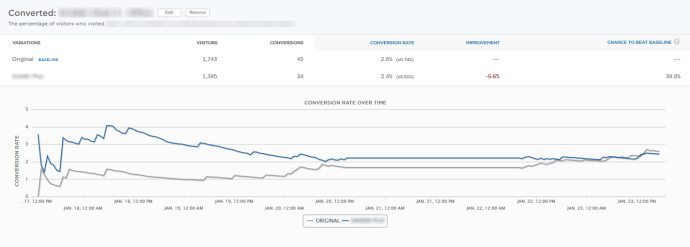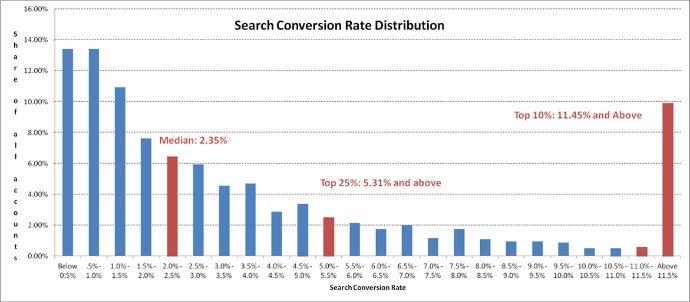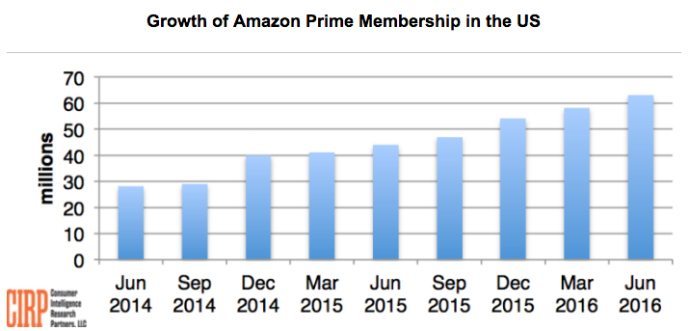October 5, 2016
Start With Big Wins Then Optimize for Small Wins
Everyone loves a good A/B testing tale. You grab your morning coffee, settle into your workspace, pull up inbound.org, and click on the first headline with some variation of, “I made this [small change] and it resulted in [big conversion increase] in only [absurdly short amount of time]”. It’s like the marketing equivalent of the Lap-Band or Shape-Ups. All you gotta do is put on some goofy-looking product and the results (supposedly) take care of themselves.
But the problem is…
Many times _small changes only result in small wins. _ For example, after running 20 to 30 landing page A/B tests with small tweaks (font type, spacing, button color, etc.), Wordstream saw a pattern across their tests—the early lead of the “better” page disappears.  The initial success of the first crop of conversions didn’t last, slowly regressing to the mean after a few weeks. Why? Larry suggests these “small things with little impact are like rearranging deck chairs on the Titanic.” Preach, Larry.
The initial success of the first crop of conversions didn’t last, slowly regressing to the mean after a few weeks. Why? Larry suggests these “small things with little impact are like rearranging deck chairs on the Titanic.” Preach, Larry.
When small wins can lead to big wins
I’m not saying you can’t test your way to success. What I am saying is that you need the right circumstances for your small win tests to actually move the needle. For example, you should wait until you have at least 1,000 transactions (purchases, signups, leads) before you even think about running an A/B test, according to Peep. And for each test you run, you should get at least 250 conversions before you decide whether it worked or whether you should pull the plug. Translation: You need some serious volume to reach a point where you can a) run an A/B test successfully and b) determine if it worked or not. Not to mention, the top performers—the ones who regularly get above-average conversions of 11%+ compared with the median 2%—are not even running the most A/B tests.  What are they doing instead? They’re not toiling away at alternating between fifty shades of grey (button colors), they’re busy putting together massively creative and differentiated offers—focusing on big wins.
What are they doing instead? They’re not toiling away at alternating between fifty shades of grey (button colors), they’re busy putting together massively creative and differentiated offers—focusing on big wins.
Go after big wins
People focus on small wins because they’re easy. We get a little shot of dopamine when we reply to that newest email, see a small lift after an A/B test, or check a random task off our to-do list. Big projects that lead to big wins are a whole lot messier, and harder. Creating a cash machine with AdWords takes more than a few tips, making a user-focused onboarding experience takes hard work, and launching your first lead nurturing journey requires content creation and plenty of email marketing savvy. But even though they’re more difficult to execute than small wins, you’re better off going after big wins that fill the gaping holes in your customer journey. Here are a few to get your wheels turning.
Big win #1: Onboard new users
For SaaS companies, the vast majority of free trialists never become a paying customer. Some estimates peg the number as high as 80%. This is a huge problem, as the average number of visitors converting to a free trial in the first place is only around 2%. So let’s say your lead generation efforts are driving 10,000 monthly visits. Great job! That means 200 of those will take your free trial a spin, and approximately 20% will pull out their credit card, landing you 40 new paying customers. If you charge $25/mo for your entry level plan, 40 new customers nets you $1,000/mo. It sounds like a lot, but that’s one thousand bucks you have to split up between payment processing, fees, salaries, office space, marketing expenses, and taxes. That’s no bueno. The solution? Build a user onboarding journey User onboarding, according to Samuel Hulick, is the process of increasing the likelihood that new users become successful when adopting your product. Check out his user onboarding teardowns if you haven’t yet. You want to design a happy first experience for your users; strategically onboarding them with a guided walkthrough that hits pre-identified success milestones. For example, if a user doesn’t complete a specific action that you’ve seen leads to successful paying conversions, you can immediately trigger a follow-up notification that incentivizes, nudges, or prods them to complete the next step of the customer journey.
Big win #2: Retain existing customers
Bain & Company released findings in a paper-edition of the Harvard Business Review back in 1990, showing that “increasing customer retention rates by 5% increases profits by 25% to 95%” More recently, Patrick Campbell, the CEO of Price Intelligently, found that improving retention has 2-4x the impact of focusing on acquisition. And other studies show that repeat customers are nine times more likely to convert than new ones. The point? **Focus on retaining existing customers **because your company’s long-term profitability depends on a well-oiled acquisition and retention machine. At the risk of using an established big company to prove a point, there’s no greater example of customer lifetime profitability than Amazon Prime, which generates about $75 billion a year.  Prime members spend up to $1,200, compared with only $500 for non-Prime ones. These are the existing customers who buy again and again. Common sense tells us these repeat buyers trust Amazon, are used to purchasing from the company, and are more invested because they have a membership they paid for. The takeaway isn’t to create Amazon Prime for your business. The takeaway is to radically focus on customer success and satisfaction, leading to long-term retention and revenue.
Prime members spend up to $1,200, compared with only $500 for non-Prime ones. These are the existing customers who buy again and again. Common sense tells us these repeat buyers trust Amazon, are used to purchasing from the company, and are more invested because they have a membership they paid for. The takeaway isn’t to create Amazon Prime for your business. The takeaway is to radically focus on customer success and satisfaction, leading to long-term retention and revenue.
Big win #3: Nurture** your leads**
Lead nurturing is about staying in touch with people who’ve inquired about your business, but haven’t bought yet. These are the kind-of-engaged email newsletter subscribers, submitted-last-week contact sales form submissions, and followed-you-on-a-whim social media leads. If you don’t have a lead nurturing journey, these contacts go stagnant in your database…until you randomly email them six months later with “the latest product update.” What’s the big win here? Set up a lead nurturing journey Here’s where to start if you’re new to nurture. Your quickest win is to set up a four touch email series that ends with an invitation to buy or to speak with sales. You can go next level and build a “nurture machine” with behavior-based triggers and conditions, but I suggest going with the simple path first. :) Instapage saw ridiculous results from implementing this big win, and it began with nurturing leads before they went stale like an old bag of chips.
Conclusion
Small changes mostly lead to small wins. So instead of iterating on button colors, focus on big wins like onboarding new users, retaining existing customers, and nurturing your leads. That’s how you’re really going to move the needle.












